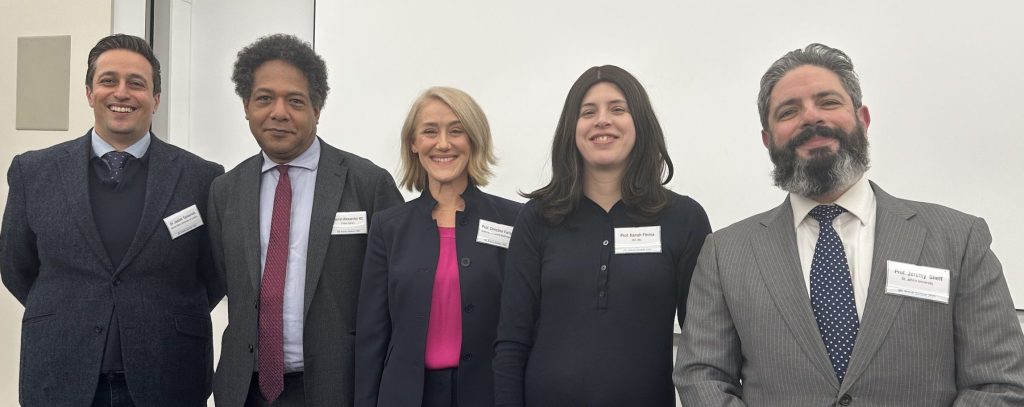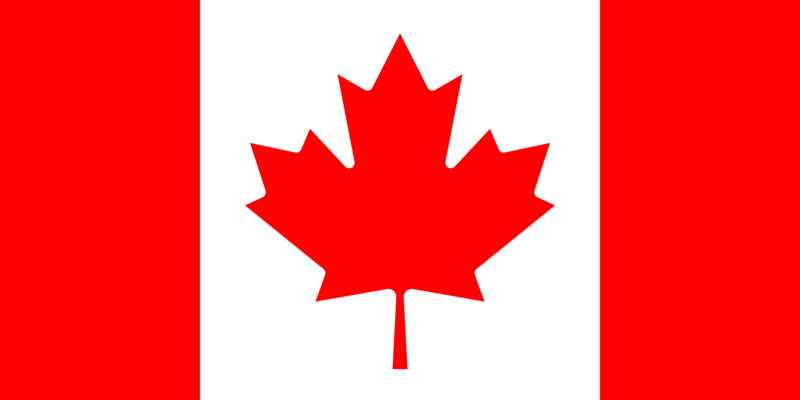I’m happy to announce the publication (on open-access terms) of a new dataset I’ve been constructing over the past few months. The Canada Trademarks Dataset is now available for download on Zenodo, and a pre-publication draft of the paper describing it (forthcoming in the Journal of Empirical Legal Studies) is available on SSRN.
As I’m not the first to point out, doing any productive scholarly work during the pandemic has been hard, especially while caring for two young kids and teaching a combination of hastily-designed remote classes and in-person classes under disruptive public health restrictions. I have neglected other, more theoretical projects during the past year and a half because I simply could not find the sustained time for contemplation and working out of big, complex problems that such projects require. But building a dataset like this one is not a big complex problem so much as a thousand tiny puzzles, each of which can be worked out in a relatively short burst of effort. In other words, it was exactly the kind of project to take on when you could never be assured of having more than a 20 minute stretch of uninterrupted time to work. I’m very grateful to JELS for publishing the fruits of these fleeting windows of productivity.
More generally, the experience of having to prioritize certain research projects over others in the face of external constraints has made me grateful that I can count myself among the foxes rather than the hedgehogs of the legal academy. Methodological and ideological omnivorousness (or, perhaps, promiscuity) may not be the best way to make a big name for yourself as a scholar–to win followers and allies, to become the “go-to” person on a particular area of expertise, or to draw the attention of rivals and generate productive controversy. But it does help smooth out the peaks and troughs of professional life for those of us who just want to keep pushing our stone uphill using what skills we possess, hopeful that in the process we will leave behind knowledge from which others may benefit. That’s always been my preferred view of what I do for a living anyway: Il faut cultiver notre jardin.




